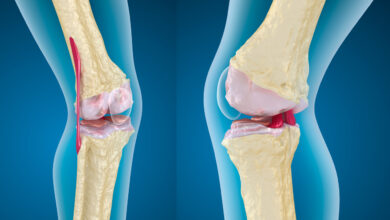Difference between motorcycle and moped Similarities and FAQs
Motorcycle and moped
In this article we will provide you the difference between motorcycle and moped Similarities and FAQs.
what does motorcycle mean
The motorcycle is a motor vehicle that is characterized by having two wheels and a handlebar for its direction. It is made with several components such as the structure, the engine, the brakes, the chassis, the suspensions or the transmission. The user must always use protective elements such as a helmet and gloves to avoid injuries in the event of an accident. You can find motorcycles designed for different situations: from road to enduro; from scooters to ATVs; going through trial and even off-road. The motorcycle has become an ideal way to enjoy the landscape while moving between places without time restrictions or space limitations.
what does moped mean
The moped is a small and light two-wheeled vehicle, intended for individual transport. It is equipped with an electric motor or internal combustion, in which case it has mechanical traction. In other words, it uses the energy of the fuel to move. Its speed does not exceed 45 km/h, which is why it is considered slow vehicles. They are designed to prioritize safety over dynamic performance and can be driven with a B1 license (previously called AM). Currently its use is limited to urban and peri-urban areas due to its small dimensions, low power and poor protection against impacts.
Enhance your reading: Difference between qualitative research and quantitative research Similarities and FAQs
Similarities Between Motorcycle and Moped
Both words , motorcycles and mopeds, refer to motor vehicles with two or more wheels. These vehicles are similar in many ways: both require a license to operate, can be driven by people over the age of 16 (depending on the country), and also share the need to purchase compulsory insurance and go through regular checkups. However, there are some differences between them. Motorcycles usually have a higher power capacity than mopeds; In addition, motorcycles generally have a seat for the driver and passenger while mopeds do not. Finally, the price varies depending on the model chosen in both cases.
Differences between motorcycle and moped
The differences between motorcycle and moped are notable, although both are two-wheeled vehicles. On the one hand, the bike is a motorcycle; This means that it has its own motor for its displacement and can reach higher speeds. In addition, it requires a specific driver’s license to be legally driven. On the other hand, the moped has less power in its engines (up to 50cc) so it does not need a license to drive on the road. It also stands out in its small size and lightness compared to traditional motorcycles as well as its low purchasing cost and taxes.
Frequent questions
What is considered a moped?
A moped is a type of motorized vehicle, with two or three wheels, generally having a maximum power of no more than 50cc. These vehicles are designed to be used primarily in urban and rural areas where limited mobility is required.
What is the difference between a motorcycle and a moped?
The main difference between a motorcycle and a moped is the size. A motorcycle is generally much larger than a moped, with higher powered engines and higher speeds. The bikes can also be equipped with additional features such as disc brakes, upgraded suspension, and comfortable seats. By comparison, mopeds are small compared to regular motorcycles and are usually significantly less expensive. They have less power, reduced maximum speed and even some limitations to drive on highways or other sections at high speed.
What mopeds can be driven without a license?
You cannot drive mopeds without a license. The BSR driving license, formerly known as the AM license, is required to drive any type of motorized vehicle with a maximum permitted power of less than 25 kW (including motorcycles).
Who can drive a moped?
Anyone holding a valid driving license to drive motor vehicles. The minimum requirement to drive a moped is to be at least 16 years old and have an AM license, which is obtained after successfully passing a theoretical and practical exam.




